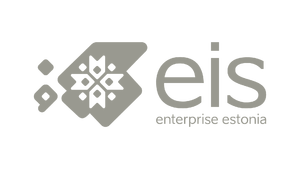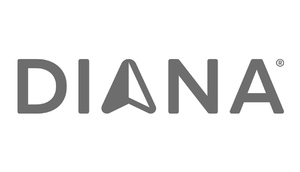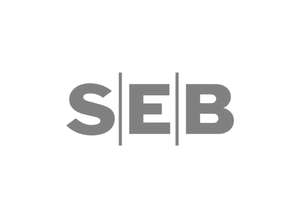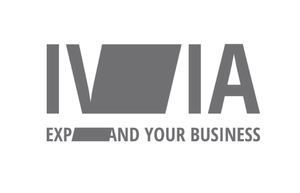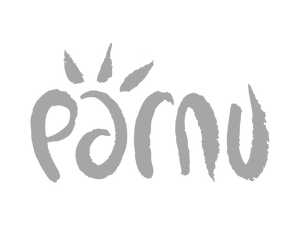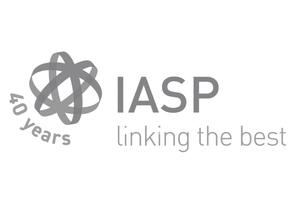22.11.2017
Digital Health – Made Easy and Secure
Külle Tärnov, the Manager of Business Services Department of Tallinn Science Park Tehnopol and Connected Health cluster explains Estonia’s role in improving digital health services to Pan European Networks.
Estonia’s healthcare system has been revolutionised by innovative e-solutions. Patients and doctors, not to mention hospitals and the government, benefit from the convenient access and savings that e-health services have delivered. Each person in Estonia that has visited a doctor has an online e-health record that he or she can access through the internet with a suitable device. To keep health information completely secure and accessible to authorised individuals, the electronic ID-card system and mobile-ID uses KSI Blockchain technology to ensure data integrity and mitigate internal threats to the data.
The security is complemented by transparency, which means everyone can see and track in their patient portal account which doctors and state officials have viewed their data.
One example is an emergency situation wherein a doctor can use a patient’s ID code to read time critical information such as blood type, allergies, recent treatments, ongoing medication or pregnancy. The system also compiles data for national statistics, so the ministry can measure health trends, track epidemics, and make sure that its health resources are being spent wisely.
The most widely used e-health services in Estonia are the following:
E-prescriptions – 97% digital. 80% of prescriptions became digital within nine months from the launch of the system in Estonia;
E-billing used by healthcare providers for payment by state health insurance – already 100% for the ten years;
Estonian doctors make 500,000 queries to the central e-health per year to deliver better service to their patients. There are 4,500 doctors in Estonia;
Information about the fees that the state health insurance has paid for one’s healthcare services raised the usage of the patient portal to 300,000 per year;
Nationwide medical picture depository actively in use from 2009. At the end of 2012 there were over six million studies, with stored data of 480TB, in the Estonian PACS archive; and
The development of all these and more solutions for Estonian ehealth have cost less than €3.4m.
The Estonian central e-health system was launched in 2008 and all different parts of it have been developed by our e-health companies. These companies have gathered great experience in developing, launching, running and re-developing the systems and some not only in Estonia but also in other countries. Three examples follow.
Nortal
Nortal has performed the world’s first implementation of HL7 Fast Healthcare Interoperability Resources (FHIR) on a national level for the Lithuanian National Health Registry (NHR), which now connects all clinics and pharmacies across the nation. Thanks to the NHR it has been possible to make 100% of birth and death certificates electronic. Nortal’s work has also facilitated implementing digital prescriptions – one in three are now digital in Lithuania.
Taavi Einaste, head of digital healthcare at Nortal, said: “To make such meaningful impact on people’s lives, it’s not enough to just think about technology, information systems or databases. Everybody is keen to take the next leap in healthcare into precision medicine, but to be able to take the next step, you need secure and strong digital identity solutions that are based on smart devices. The future of medicine is smart, meaning it has to be clever, personalised and accessible through smartphones.”
Nortal is promoting the implementation of such digital identity solutions across the globe, but also emphasising that the solutions need to be in compliance with the EU’s new General Data Protection Regulation (GDPR) that comes into effect next spring.
“To assist healthcare organisations in making sure they are in compliance with the new rules, we’ve created a new product, DeepScan,” Einaste added. “A comprehensive new tool for data governance, DeepScan provides an overview of the data an organisation has. It mitigates data and privacy-related risks, be it data breaches or the threat of being publicly shamed in the media for not caring about patient privacy.”
Quretec is actively bringing the personal medicine solutions from research stage into clinical practice. It is one thing to do research on the data with sets of people, but providing personal feedback accurately for a single person poses several challenges to deal with, including ancestry bias, missing data and more.
Quretec
Quretec has built a suite of software tools for running clinical trials and providing full clinical data management and statistics service. As a result of having a long history of building health registries and genome centre databases, Quretec has also built tools for estimating and reporting a person’s disease risk (type 2 diabetes, cardiovascular diseases), given thorough personal pharmacogenomic feedback based on the combination of phenotypic and genetic data from several sources. As personal medicine is largely about combining data from several databases, its software platform not only allows storage and linking such data via online services, it provides transformation and monitoring tools (unifying units, concepts, extracting information from free text parts, using common data model). Part of the work is related to self-reported data – Quretec’s solutions are used for measuring the physical activity of the thirdgrade pupils during the lessons and breaks and also of professional athletes during their training sessions.
Large amounts of complex data require first-class visualisation solutions. Quretec, together with its partners, has built visual analysis tools for, among many other things: achieving a quick but detailed overview of a single patient; for giving a deep overview of the annual budget of the Estonian Health Insurance Fund or current state of the clinical trial; or developing tools for disease trajectory and fraud detection in health service bills.
Dermtest
Dermtest prevents deaths of melanoma through digitised prevention and early detection. It is a doctor-to-doctor telemedicine platform empowering local family doctors to provide high quality skin-cancer early detection services. Patients visit a local GP, where anamnesis and dermoscopic images of moles are taken and sent to a dermatologist for remote evaluation. In under a day, an Aigenerated diagnosis report is provided to the patient, whether everything is okay or whether follow-up is needed at a specific specialist doctor’s practice.
The report includes personalised prevention guidelines, which means the most critical cases are detected early and receive fast treatment quickly. Thus, Dermtest enables high quality skin cancer triage, lowerswaiting times and increases detection rates, resulting in higher survival rates and cost savings for the society – hundreds of millions could be saved in insurance worldwide. Likewise, melanoma mortality could be reduced drastically. 55,000 people die of melanoma every year, but if melanoma is detected early, it is 100% treatable.
Estonia has taken the initiative to impact the digital health movement in the whole of Europe and therefore launched the Digital Health Society with its declaration that describes the bottlenecks that hamper the development of e-health, such as the lack of people’s trust in e-services in Europe, the lack of interoperability between different information systems, the lack of a clear legal framework, and the inadequate training of healthcare professionals. Proposing solutions for overcoming these obstacles, the document and the movement emphasise the need for unified and holistic approaches to the development of data exchange infrastructure, raising people’s awareness of the use of e-health solutions and implementing the European Union Data Protection Regulation in a way that it does not create unnecessary obstacles to the free flow of data between member states.
(Source: www.paneuropeannetworks.com; Photo: Aron Urb)



